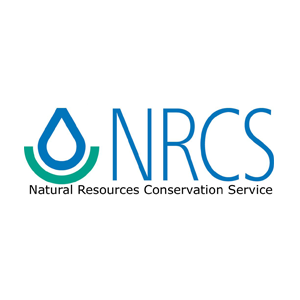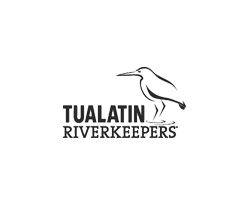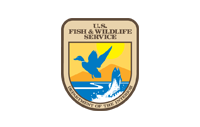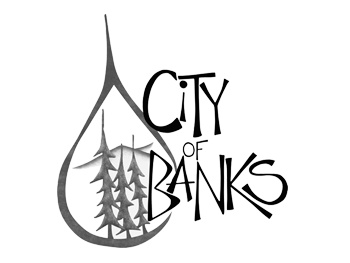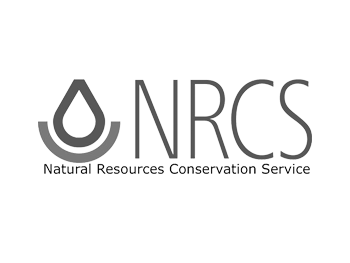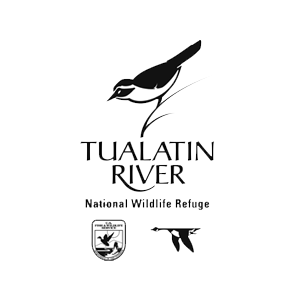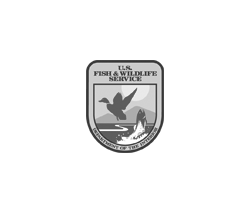Connecting Parcels and Partners
The site now known as the Hutchinson tract is 350 acres of former agricultural land just outside the small town of Gaston, on the mainstem of the Tualatin River. Equidistant from Fernhill to the north and Wapato Lake to the south, the Hutchinson site is within the acquisition boundary for the Wapato Lake National Wildlife Refuge. Tree for All partners have been active at Hutchinson since 2003, to the benefit of water quality, plant communities, and wildlife habitat. In addition, the Hutchinson project has provided partners with opportunities to confront challenges, achieve success and strengthen their ability to collaborate as they move forward with the larger ecological enhancement effort underway in the upper Tualatin River Watershed.
The Site
First planting: 2006
Size: 350 acres
Stream length: 14,000 feet
Total to date: 251,832 plants, plus seed
Plant communities: Oak Savanna, Wet Prairie, Riparian Forest, Vernal Pool
The Challenge
This location, at the confluence of O’Neil Creek and the Tualatin River, holds great promise as habitat for migratory waterfowl, songbirds, threatened steelhead, coastal cutthroat trout, northern red-legged frogs, western pond turtles and the rare Nelson’s checkermalllow wildflower.
The site was converted to agriculture early in the 20th century, including ditching and diking of O’Neil Creek, diking of the Tualatin River, conversion of native vegetation to crops, and the placement of tile drains in the wetland. Invasive plant species colonized the riparian areas where tillage was not feasible.
The Transformation
In 2003, the Natural Resources Conservation Service acquired a conservation easement on most of the property from a farm family and began ecological enhancement activities through the USDA Wetland Reserve Program (WRP), in conjunction with the US Fish & Wildlife Service.
WRP funded the removal of tile drains, seeding native herbaceous plan communities, and the initial control of invasive species. In 2005, Clean Water Services and the Joint Water Commission jointly purchased the property and became active partners in the restoration, providing funding and expertise, as well as tree and shrub plant materials.
Today, it’s hard to imagine the Hutchinson tract as a weedy field, disconnected from the Wapato Lake National Wildlife Refuge. Nearly half of the site is oak savannah habitat and the remainder is wet prairie and riparian forest. Partners have planted 100 acres with trees and shrubs, and 250 acres with native herbaceous seedlings. Tualatin Riverkeepers and Ash Creek Forest Management are conducting a pilot project to investigate cattle grazing as a prairie restoration tool.
Biodiversity is rich, with terrestrial and wetland species of birds and wildlife in every season. In an era of unusual weather events, including historic rainstorms, the site is ecologically resilient. Heavy rain falling on the Hutchinson tract doesn’t contribute to flooding, but rather spreads floodwater across the restored landscape, where it is absorbed. What’s more, partner organizations are applying lessons learned at Hutchinson to their efforts at nearby Wapato Lake.






